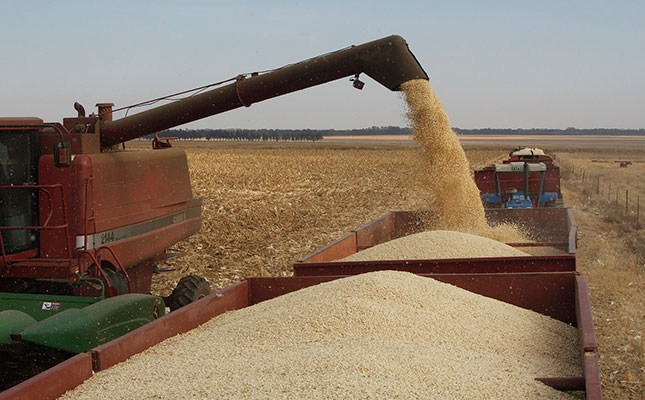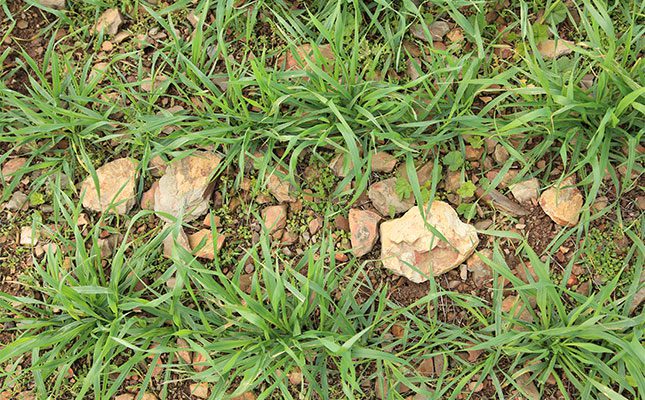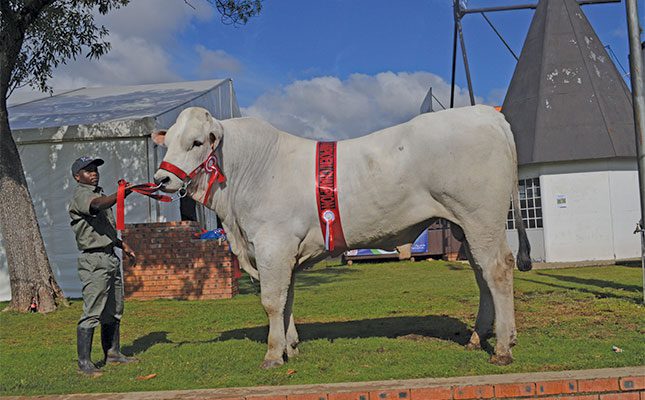
Photo: FW Archive
South Africa’s maize exports proceeded swiftly during April and May despite disruptions to trade caused by the coronavirus disease (COVID-19) pandemic, according to Johan Straus, agricultural economist at the University of the Free State. He said almost 1,45 million tons of maize were exported during the 2019/2020 production season.
“The ‘maize year’ runs from May to April, and so far this year, a total of 74 150t have been exported. Although very little exports took place in the week of 25 April, these exports were preceded by the ‘largest export week’ for the year. During that week [18 April], nearly 60 000t were exported,” he told Farmer’s Weekly.
During the 2019/2020 season, almost 1,04 million tons of white maize were exported compared to just over 410 000t of yellow maize. Up to 22 May, almost 51 250t of white maize and just over 22 900t of yellow maize were exported.
The white maize went to, among other countries, Somalia, Tanzania, Uganda and Ethiopia, while the yellow maize was shipped to countries such as South Korea, Angola and Zimbabwe.
According to Strauss, exports to Zimbabwe went from zero in July 2019 to almost 340 000t up to the end of April. The Zimbabwean exports made up nearly a quarter of all exports for that period. He ascribed this to the fact that Zimbabwe lifted its ban on genetically modified maize in 2019.
Strauss said South African maize had to compete with export countries such as the US and Argentina, with deep-water export prices usually being somewhat lower than local prices.
“Although export prices are generally too low for profitable maize production, it does provide a floor price in the case of over-production. On the other hand, exported maize is paid for in foreign currency, [and] the foreign currency is needed to pay for other imports, which South Africa has a lot off,” he added.
Ryk Pretorius, a maize producer near Ermelo, added that maize exports were of the essence to absorb surpluses on the local market and support local prices.
He said the fact that maize producers had to operate in a free-market system put the industry in a position to export maize on demand. Pretorius reiterated the fact that maize exports were a valuable earner of foreign exchange, something that benefitted every person in the country.










